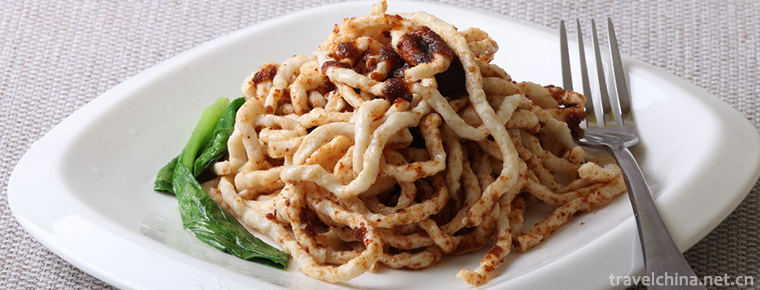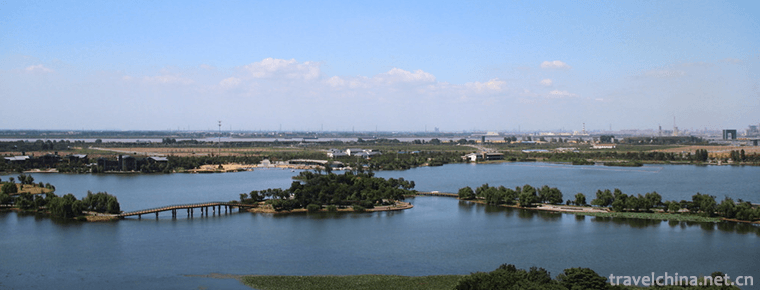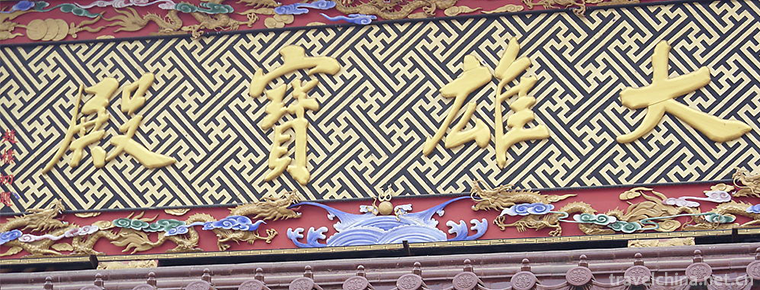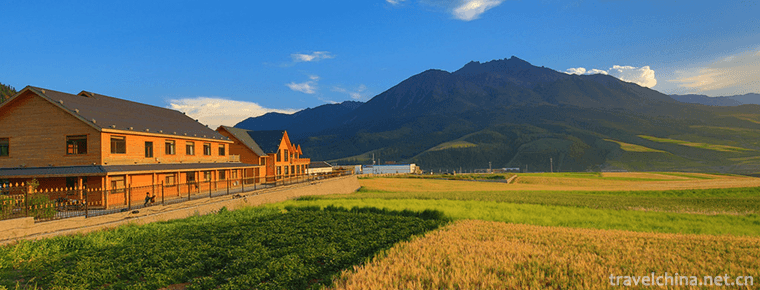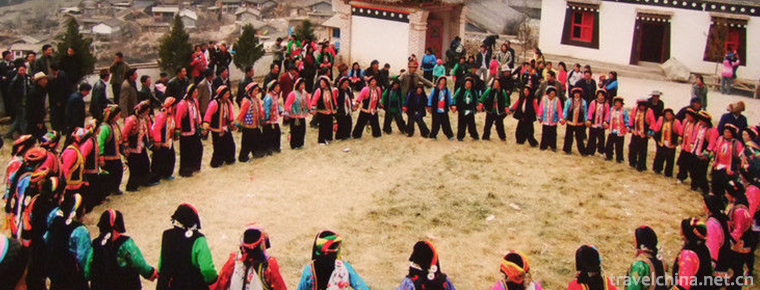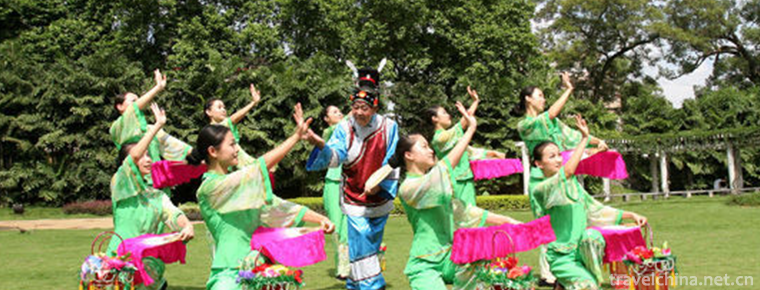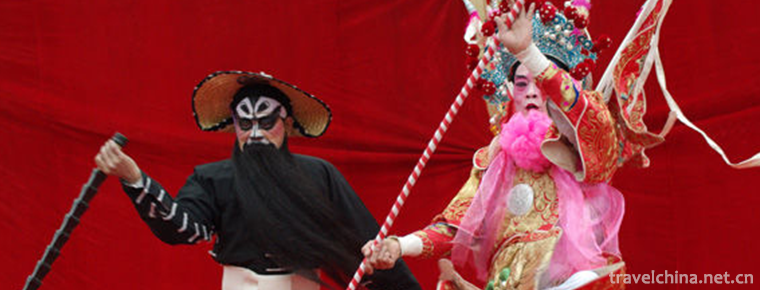Xiangshi Zoo
Xiangshi Zoo
Xiangshi Zoo is invested and constructed by Dongguan Yuye World Industrial Investment Co., Ltd. The total investment of the project is estimated to be 350 million yuan. The whole project is divided into two phases. The first phase, with an investment of nearly 200 million RMB, began to be constructed in March 2009. The first phase mainly includes animal introduction, animal cage, large-scale performance venues and service supporting projects, management areas and other projects. It was completed in June 2010 and was commissioned in early July 2010. The second phase mainly includes large-scale recreational facilities and other entertainment projects.
geographical environment
The zoo is located near Xiangshi Road, Liaobu Town, so it is named Xiangyao Pagoda. Tourists can watch the whole park from the top of the pagoda. The architectural style of the whole park is built in a natural, clear and retro style. The roads in the garden are paved with granite, and there are large areas of lakes and a large number of vegetation. There are indoor agricultural ecological gardens in the garden, including as early as the Tang Dynasty, Dongguan special product Guanxiang as Shanggong Gongjiapin, the state-level key protected wild plants Taxus, Dongguan Magnolia, Osmanthus fragrans and so on.
natural resources
Xiangshi Zoo is the first large-scale special park in Dongguan, which mainly focuses on raising and viewing wildlife. It is built in Xiangshi Modern Agro-ecological Agricultural Park and covers an area of 46.1 hectares. Among them, the building area is 5788.62 square meters, the green coverage (except water surface) has reached about 70%, and the water surface area is about 130,000 square meters. There are more than 70 kinds of animals and more than 1,100 animals. Xiangshi Zoo is a landmark building, Xiangyao Tower, as its name implies.
Traffic information
1. Take the city public bus:
1. Take the bus to the Laobu overpass and then take the No. 10 bus to the entrance of Dongguan Xiangshi Zoo.
2. Take Bus No. 6 at Dongcheng Station, get off at Xiangshi Primary School (Park Station), and then walk for 10 minutes.
Dongguan Xiangshi Zoo.
3. Take the L5A special tourist line "bus terminus to Songshan Lake Creative Living City", directly to the entrance of Xiangshi Zoo, via the following roads: Wanjiang Road, Guanguanguan Road, Keyuan Road, Canal East Second Road, Canal East Road, Hongli Road, Yuxing Road, Dongxing Road, Dongcheng West Road, Dongcheng Road, Dongsheng Road, Shijing Road, Shijing Branch Road, Hengtang Road, Third Road. Helu, Hengzhong 8th Road, Hengdong 2nd Road, Hengxing Road, Hengtang Road, Laocheng Middle Road, Panlong Avenue, Xiangshi Road, Songshan Lake Industrial West Road;
Downward: Songshan Lake Industrial West Road, Xiangshi Road, Panlong Avenue, Laocheng Middle Road, Hengtang Road, Hengxing Road, Hengdong Second Road, Hengzhong Eight Road, Sanhe Road, Hengtang Road, Shijing Branch, Shijing Road, Yingbin Road, Shijing Road, Dongsheng Road, Dongcheng West Road, Dongxing Road, Yuxing Road, Hongli Road, Canal West Road, Canal West Second Road, Keyuan Road, Guansui Road, Wanjiang Road ;
2. Self-driving tour:
1. Take Songshan Lake Avenue and turn up at the intersection of Liaobu (there is a tall tower next to it), take the direction of Liaobu Government (Panlong Road), turn around at the second traffic light and take the accessory Lane (there is a sign of "Liaobu Community Health Service Center" on the accessory lane); walk about 100 meters ahead, and you can see the entrance of Dongguan Xiangshi Zoo on the right.
2. Take Guanzhang Road, turn into Liaobu Automobile City, then go to Liaobu Government. After passing the Automobile City, there is a primary school (Xiangshi Primary School) on the right hand side. Driving along the main road of the primary school, it can reach the entrance of Dongguan Xiangshi Zoo after 100 meters.
3. Take the intercity train:
The Guangzhou-Huizhou Intercity Railway will open to traffic in 2018. It can get off at Laobu Station by Intercity EMU, and then walk or take a bus to the zoo.
Tourism characteristics
One of the main features of Xiangshi Zoo is that there are two major animal performance venues, namely, the comprehensive performance hall and the dolphin performance hall. The comprehensive performance hall covers an area of 10,000 square meters.
It can accommodate 1,000 people at the same time; the dolphin show hall covers an area of 9,000 square meters. From a distance, our dolphin show hall looks like a geese flying, so light, it can accommodate 1,200 people to watch the show at the same time. Visitors can feel unprecedented sensory stimulation and visual enjoyment in the two major performance halls. They can see our folk acrobatics, such as silk and satin, crown vats, air wheels and other wonderful acrobatics performances. There are also lovely bears, elephant performances, as well as lovely dolphins and sea lions, which can bring different pleasures and feelings to visitors. This is rare in urban zoos. Yes, we have.
The park is characterized by large-scale wildlife stocking and ornamentation, with more than 1,100 rare animals of more than 70 species around the world, including seven national treasures, Asian elephants, six African giraffes, tigers, lions, black bears, etc. The zoo exhibition adopts the exhibition form of combining the current domestic and foreign popular stocking and ecological cages. There are elephant hall, hippocampus pond, tiger garden, lion garden, bear house, deer garden, peacock garden, waterfowl lake, sea animal hall, orangutan hall and other libraries. There are some rare animals with Chinese characteristics, such as Siberian tiger, elk (four unlike), red-crowned crane, African lion, elephant, giraffe, chimpanzee, golden eagle, crocodile, dolphin, sea lion and so on. There are more than 70 kinds of reptiles on display all over the world, including one of the largest crocodile in the world, Gulf Crocodile.
Time arrangement
Opening time: 9:30-17:00 (open at 9:00 on holidays), clearing time: 17:40
Performance 1: Elephants perform bear monkeys perform acrobatics
Time: Monday to Friday 10:40, 15:00 holidays 10:40, 12:30, 14:30, 16:30
Venue: Comprehensive Performing Arena
Show 2: Marine Animals Show Bird Art Show
Time: Monday to Friday 10:40, 15:00 holidays 10:40, 12:30, 14:30, 16:30
Venue: Marine Animal Stadium
Ticket: 100 yuan per person








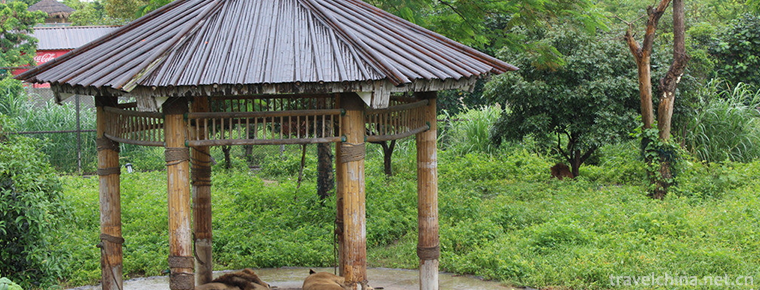
-
Mung bean soup
Mung bean soup is a soup boiled with mung bean and water as the main ingredients. It has the functions of clearing heat, detoxifying, quenching thirst and relieving heat.
Views: 268 Time 2018-11-02 -
sate noodles
The only disciple chef Wang Daquan who teaches Shacha Noodle recipe by the master of Southern Fujian cuisine Yang Jibo inherits the tradition and makes it flourish. The main ingredients of Shacha sauc.
Views: 170 Time 2018-11-02 -
Slender West Lake
Slender West Lake, formerly known as Guarantee Lake, is located in the northwest suburb of Yangzhou City, Jiangsu Province.
Views: 166 Time 2018-12-06 -
Qin Lake National Wetland Park
Qinhu National Wetland Park is located between the central part of Jiangsu Province and the Yangtze and Huaihe River. .
Views: 181 Time 2018-12-06 -
Beijing Hotel
Located in the center of Beijing, Beijing Hotel is adjacent to the former Imperial Palace and Forbidden City. It can reach Tiananmen, the Great Hall of the People.
Views: 228 Time 2018-12-14 -
Nanhai Chan Temple
Nanhai Chan Temple, a national AAAA scenic spot, is located in the southeast corner of Runan County, Zhumadian City, Henan Province, China.
Views: 121 Time 2019-02-07 -
Qilian Mountain National Nature Reserve
Gansu Qilian Mountain National Nature Reserve is located at the northern foot of Qilian Mountain in the intersection zone of Qinghai-Tibet, Mongolia.
Views: 166 Time 2019-02-07 -
Duodi dances
Multi-place dance, Tibetan folk dance, is a unique way for Tibetan people to dance and sing. It mainly distributes in three areas of Zhouqu County, Gansu Province.
Views: 347 Time 2019-04-28 -
Longyan tea lamp
Longyan tea-picking lamp, also known as tea-picking and butterfly-beating, is a popular folk dance and singing in Longyan city and countryside. It integrates rap, opera and dance into a comprehensive .
Views: 196 Time 2019-05-14 -
Song Brocade Weaving Skills
Song brocade weaving technology, traditional handicraft in Suzhou City, Jiangsu Province, is one of the national intangible cultural heritage..
Views: 85 Time 2019-06-16 -
Guangxi drama
One of the local operas of the Zhuang nationality in Guangxi. Yongju Opera belongs to the Pihuang Vocal Tune System, which originated in Hunan. It was formerly called Guangju Opera, Old Opera, Local O.
Views: 166 Time 2019-07-14 -
Hydrology in Luzhou
There are many large, medium and small rivers in Luzhou, but the runoff of small streams is short. The rivers in the territory belong to the Yangtze River system, with the Yangtze River as the main trunk, distributed in a tree shape, and flow into the Yangtze River from south to North.
Views: 377 Time 2020-12-14

